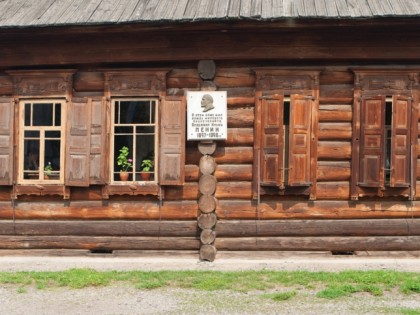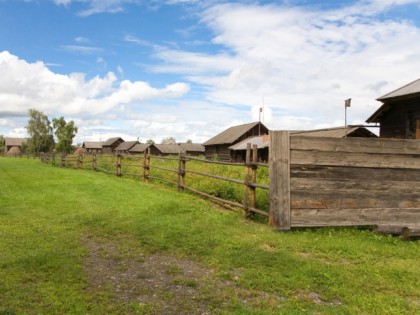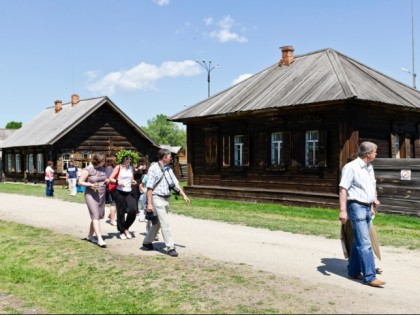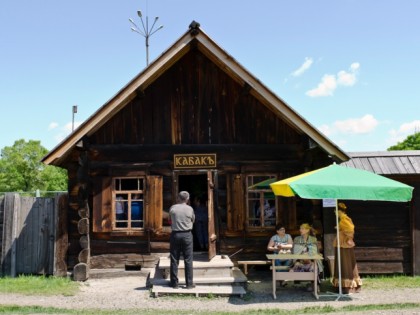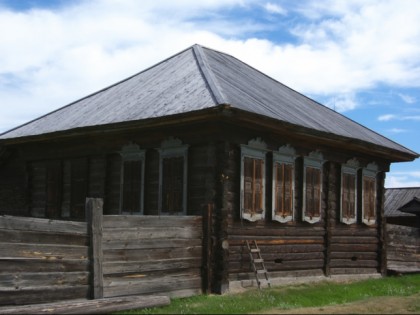Historical and Ethnographic Museum-Sanctuary Shushenskoe: V.I. Lenin and Siberian Village of XIX century
In the Soviet Union era, the village Shushenskoye was known primarily for the fact that the leader of the October Revolution, V.I. Lenin lived and worked there in exile. The first museum dedicated to the socio-political activity of the founder of the Soviet state, appeared there back in the 1930s. It was the house of a peasant named Petrova turned into a memorial complex. 10 years later, the second Siberian shelter of exiled Ulyanov-Lenin, the house belonging to a peasant named Zyrianov, was also made a museum. The next stage of the development of Museum-Sanctuary Shushenskoye was the inclusion of the entire surrounding area. The complex “V.I. Lenin’s Exile in Siberia” was opened in 1968 on Lenin’s 100th anniversary.
Now the museum-sanctuary is a huge ethnographic complex with two branches in the villages Yermakovskoe and Sizaya. Visitors not only see exhibitions in the houses of Petrova and Zyrianov, but also begin feeling the recreated atmosphere of the XIX-century Siberian village. The topic covering exclusively Lenin’s life and activity turned into a historical one: the museum contains unique buildings, objects of culture and everyday peasant life. There are often interactive tours to and folk concerts at the sanctuary.
